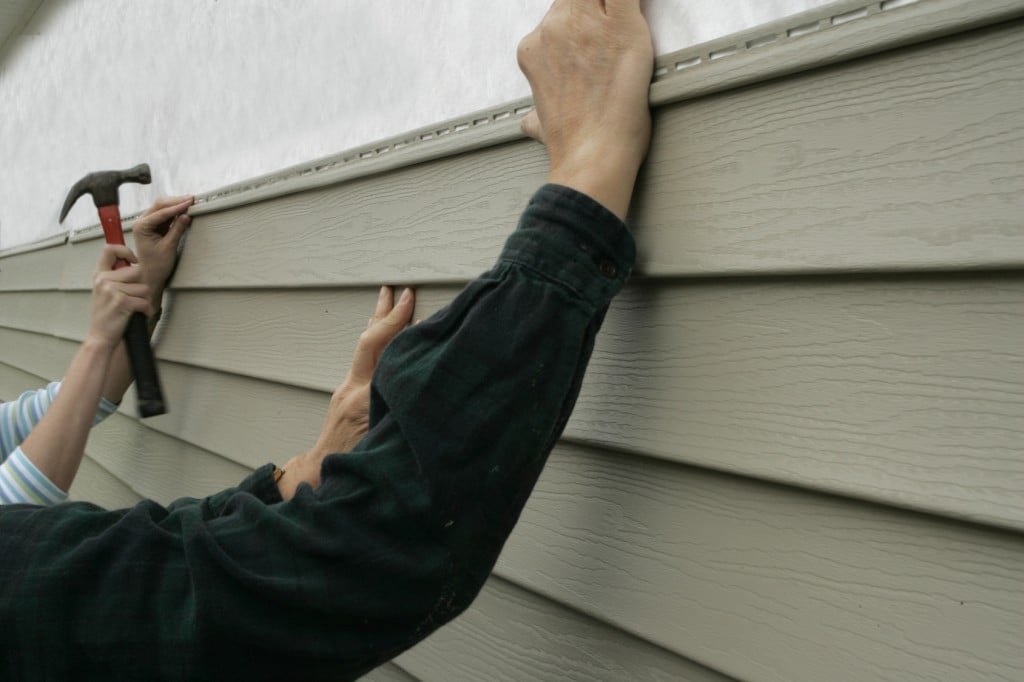The Dangers of Stucco and Mold Behind your Home’s Siding
May 31, 2023The Dangers of Stucco and Mold Behind your Home’s Siding
Stucco looks great on the outside of your home, especially as an alternative to vinyl siding. There’s a reason it’s been used for thousands of years, even since ancient times! However, if you live in a harsh climate that receives a lot of rain, snow, or humidity, stucco may do your home much more harm than good. We’re talking serious mold and rot issues that can threaten the structural integrity of your home and cost thousands of dollars to repair. This can be prevented with the right siding choices for your home!
Evaluating Stucco
Unfortunately, many people have realized this problem when it’s already too late. Those looking to sell a stucco home can also find potential buyers walking away either due to existing mold issues or threat of future ones. Is there anything that can be done to treat and prevent damage? First things first, how is your stucco causing mold to grow? It’s not always a problem you can see right away. Water makes its way behind the stucco, most commonly in areas along windows and doors and where the roof joins the house. Stucco doesn’t breath, so the water remains trapped between the finish and the wall of your home. Damage often appears in the form of drip-like staining or discoloration under windows and along the gutters, which is commonly referred to as “stucco tears.”
Wear and Tear
Often by the time stucco tears appear, a great deal of damage has already been done to your siding and your home. But, don’t panic. The first thing you should definitely consider is hiring a home inspector to do a moisture test. This will generally cost about $600, but early detection can save you a fortune in the long run. If damage is uncovered, a contractor can perform a stucco remediation, which involves installing drainage planes and/or weep holes and replacing any damaged stucco.
For more extensive repairs, you may need to completely replace the siding of your home. A good alternative is fiber cement siding, which is weather-resistant, fire retardant, and retains its color up to 30% longer than vinyl siding. You can also add stone accents along the perimeter of your fiber cement siding to capture a similar old-world, rustic feel to stucco — without any of the problems usually associated with other types of less effective siding.
Making a Decision About Stucco
When it comes to ensuring your home is in tiptop shape it is essential to consider the state of your siding. Although stucco may offer your home a unique and charming feel, the problems it causes aren’t worth your time or money that is often required of you to invest. If you have existing stucco walls on your home, be sure to get them inspected regularly to help prevent any costly issues. Or, consider replacing your stucco completely to prevent any future problems that will almost certainly come up.


